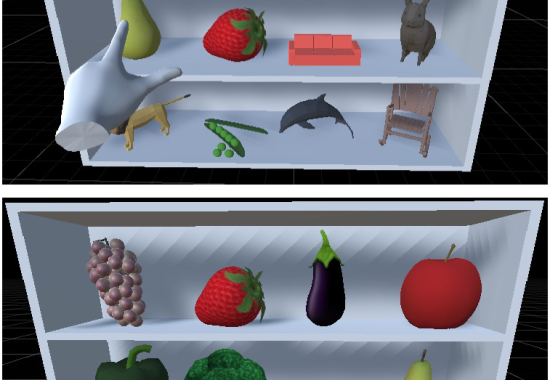Laurel Buxbaum, PsyD, Associate Director of Moss Rehabilitation Research Institute and Research Professor of Rehabilitation Medicine at Thomas Jefferson University, and Shailesh Kantak, PT, PhD, MRRI Research Scientist and Assistant Professor of Physical Therapy at Arcadia University were awarded a $2.5 million grant award from the National Institutes of Health (NIH) to study the cognitive and neuroanatomic factors that influence arm choice after stroke.
As many as 94% of stroke survivors exhibit reduced use of one arm, with adverse consequences for disability, caregiver burden, and quality of life. Approximately 40%-80% of individuals who fail to use the affected arm in daily life possess adequate sensory-motor capacity to do so. The disparity between arm use and capacity (i.e., Use/Capacity Disparity — UCD) occurs across a broad spectrum of sensory-motor severity and is a perplexing and urgent problem in neuro-rehabilitation. Perhaps in part because UCD lies at the interface of sensory-motor processing and cognitive/affective phenomena, very little past research has assessed its underlying mechanisms or neuroanatomic biomarkers. The NIH grant awarded to Drs. Buxbaum and Kantak will test the predictions of three hypotheses of the mechanisms underlying UCD: the sensorimotor, attention, and apathy/motivation accounts.
The researchers will administer a targeted battery of sensorimotor and neuropsychological tests to test the predictions of each of the three hypotheses in a sample of 100 mild to moderate left- and right-hemisphere chronic stroke patients. They will determine the association of these measures, as well as demographic and stroke-related variables, with UCD. They will also use advanced neuroimaging methods with data from resting-state functional magnetic resonance imaging to develop imaging biomarkers associated with UCD. Finally, they will validate a novel virtual reality assessment tool to rapidly and reliably evaluate UCD. In addition to its clinical utility, the virtual reality tool enables built-in assessment of the attention hypothesis by determining whether UCD is influenced by attentional task demands.
By the end of the grant period, the research will determine the demographic, sensorimotor, neuropsychological, and neuroanatomical factors that predict UCD and will validate a clinically-useful VR assessment tool. Given the limited knowledge base in this area, this comprehensive research will pave the way for the development of treatments targeted to underlying mechanisms and enhanced identification of at-risk individuals.



2 comment on “MRRI Researchers Buxbaum and Kantak Receive 5-year NIH Grant Award”